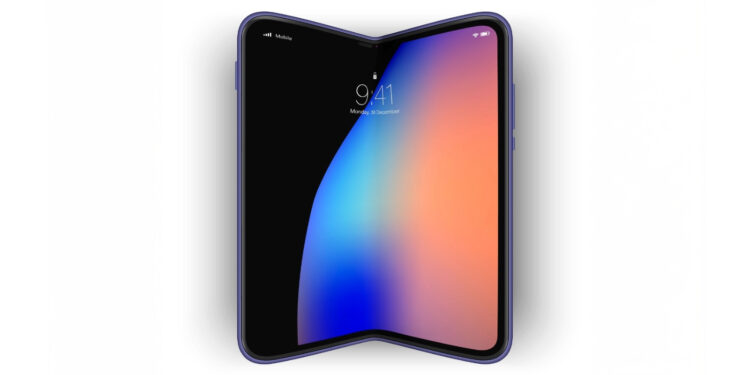Apple is working on a foldable iPhone, expected to be released next year. The focus is on a robust, durable design – with a hinge that's significantly different from what's been seen on foldables. The so-called iPhone Fold uses a material that Apple has had its eye on for some time: metallic glass, also known as liquid metal. It's intended to be more mechanically resilient and reduce typical problems like creasing in the display.
Many manufacturers now have foldable smartphones on the market, but they often have weaknesses – especially with the hinge. Apple is tackling this problem in its own way. The iPhone Fold is designed not only to look and feel like an iPhone, but also to be practical in everyday use. The decision to use metallic glass as the hinge material is a key point. This approach shows that Apple is taking foldables seriously and isn't just looking for another gimmick.
Metallic glass hinge: robust, stable and durable
According to a report by Instant Digital, Apple will use a metallic glass hinge on the iPhone Fold. This material, also known as amorphous metal or liquid metal, has an atomic structure without a regular crystal pattern. This makes it particularly resistant to bending, deformation, and mechanical wear. The structure is created by extremely rapid cooling during manufacturing. The result is a material that is 2.5 times harder than a titanium alloy. It also has a smooth, shiny surface that is visually reminiscent of stainless steel, but significantly lighter. In addition to its high strength, it is also corrosion-resistant, which is a clear advantage for a component like a hinge that is constantly moving and exposed to environmental influences. These properties make metallic glass an ideal solution for the iPhone Fold's hinge. It should ensure that the screen remains flat for extended periods and does not wrinkle or ripple like other foldable devices (via Weibo).
First major application of metallic glass at Apple
This is precisely a common problem with previous models. Industry analyst Ming-Chi Kuo previously reported that Apple is working on using liquid metal. So far, it has only been used in small components such as SIM eject pins. The iPhone Fold would be the first device to use the material in a key mechanical part. The exclusive supplier for the amorphous alloy is reportedly Dongguan EonTec.
Display sizes and design: book format instead of clamshell
According to previous reports, the iPhone Fold will have a 7.8-inch main display that unfolds when opened. When closed, you'll have a 5.5-inch lid display. In terms of form factor, the device will resemble a book, similar to Samsung's Galaxy Z Fold. So, it's not a compact clamshell phone, but rather a smartphone that can transform into a small tablet. When unfolded, the device is said to be just 4.5 millimeters thick. When folded, the thickness will be between 9 and 9.5 millimeters. This means the iPhone Fold remains relatively slim despite its foldable design.
Camera and operation: familiar functions in a new form
According to Kuo, the device will feature two rear cameras and a single front camera. Touch ID will also be integrated into the power button. This is a pragmatic solution, especially with a foldable display, where Face ID might be more difficult to integrate.
Price and outlook: not cheap, but ambitious
According to Bloomberg reporter Mark Gurman, the iPhone Fold will be priced at around $2,000. Its market launch is planned for next year. Apple is also apparently already working on a significantly larger foldable device with an 18.8-inch display, possibly due for release in 2027. This could be a foldable iPad or some kind of MacBook alternative.
Apple relies on technology instead of compromises
The iPhone Fold demonstrates that Apple is taking a technically sophisticated approach to foldable smartphones. Instead of focusing solely on design, the focus is on a durable hinge that will last a long time. The choice of metallic glass isn't a gimmick, but rather a clear step toward durability and user-friendliness. Anyone looking for a foldable iPhone will not only get a new format, but a device designed for stability. (Photo by seveniwe / Bigstockphoto)
- Apple's foldable display: Mac or iPad – what's next?
- Apple's iPhone "Fold": This new information changes everything
- Apple optimizes foldable display for greater efficiency





